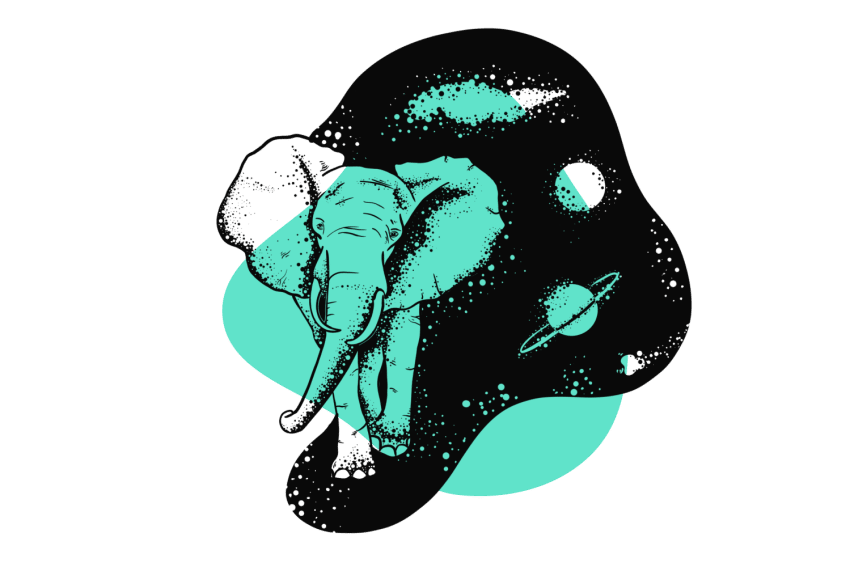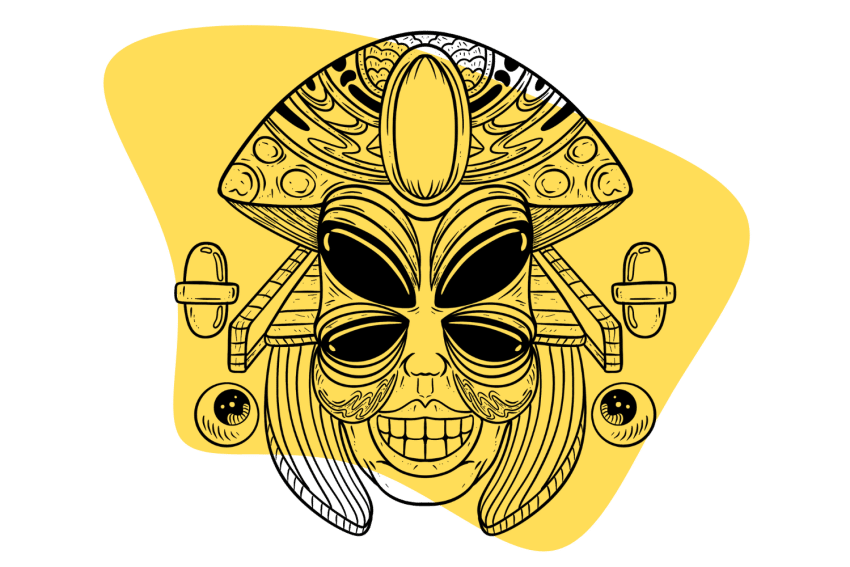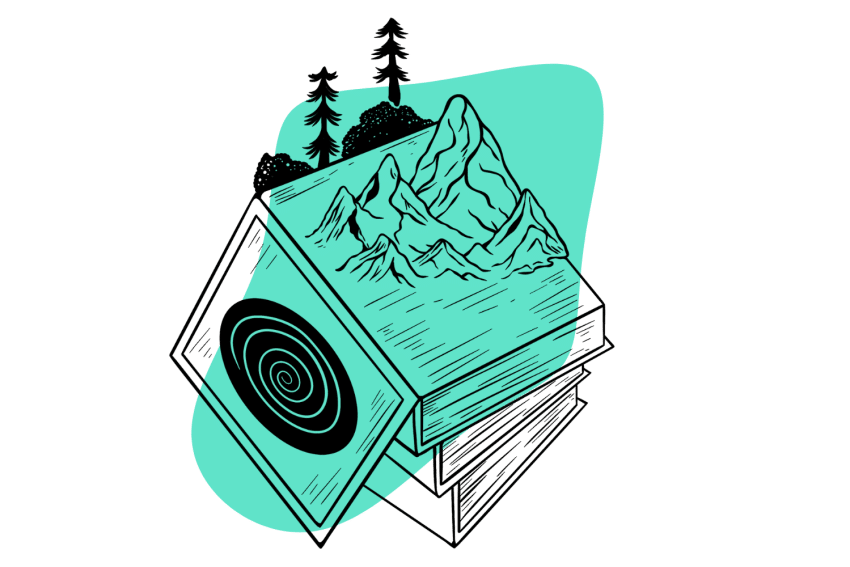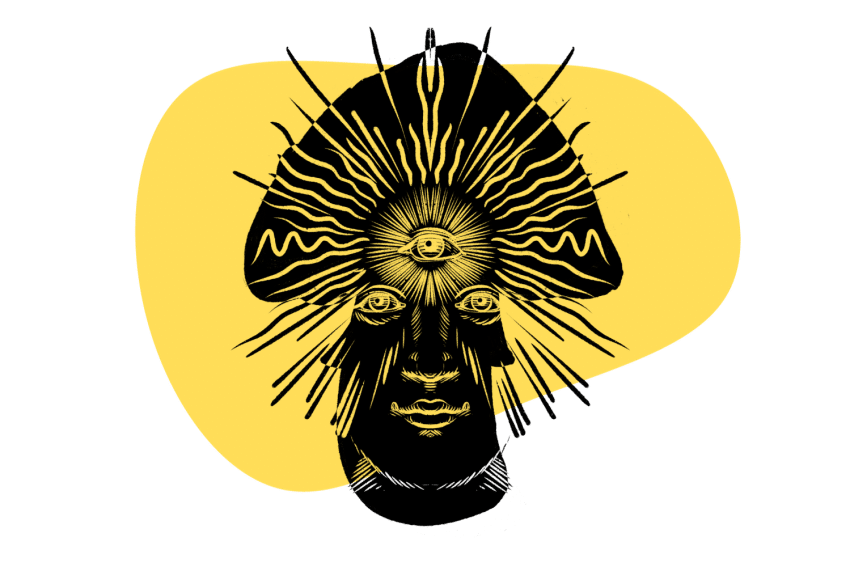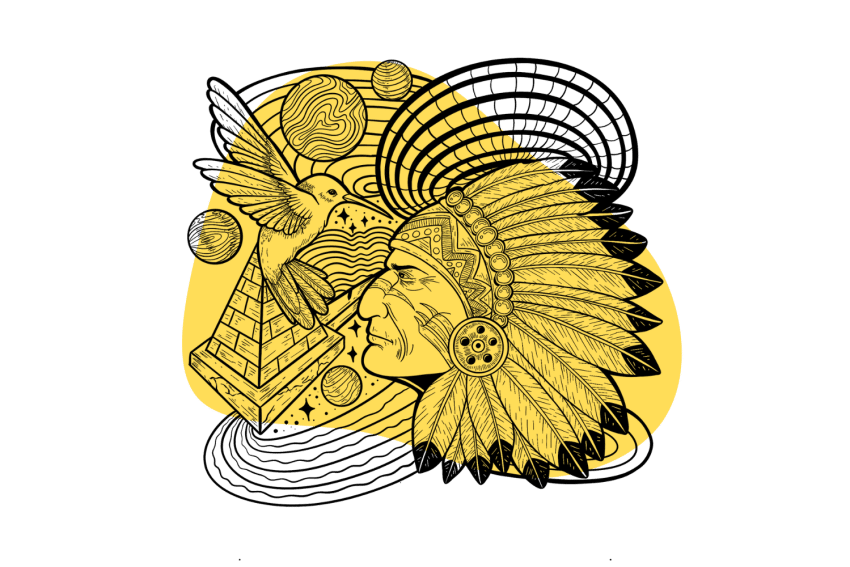Exploring Ego-Death With Psychedelics
The ego is not the enemy — but that doesn’t mean it can’t get in the way.
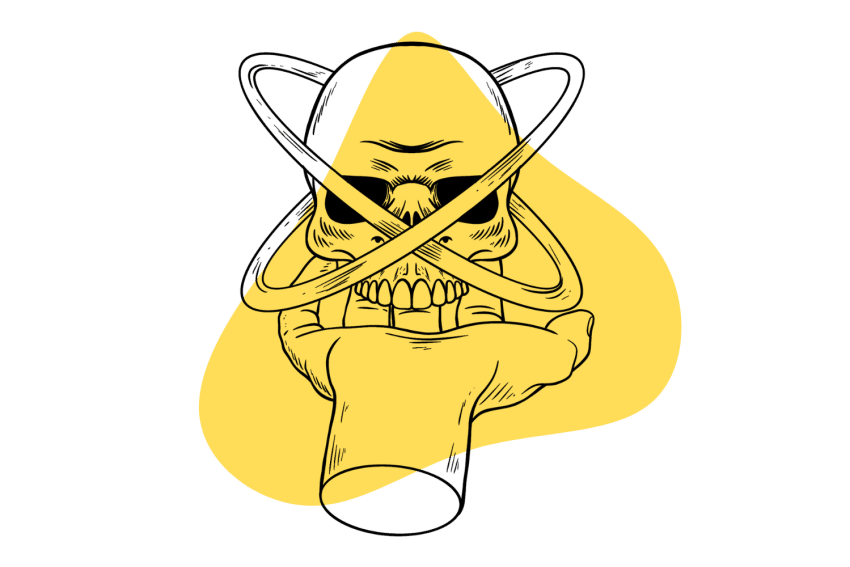
The biggest ego trip is getting rid of your ego. And of course, the joke of it all is that your ego does not exist.
— Alan Watts
Many people who take psychedelic substances seek ego death. It’s considered the “holy grail” of the psychedelic experience.
There are other forms of ego death as well. Near-death experiences, childbirth, and diagnosis with a terminal illness can all challenge the ego. They force you to realize the things you thought were important (like money and status) really aren’t that important at all.
In this article, we’re going to cover ego death by answering the following questions:
- What is the ego?
- What is ego death & dissolution?
- How can an ego-death experience help us in our daily lives?
- Can psychedelics help us experience ego-death?
What is The Ego?
Ego is a term used to describe our sense of self. It allows you to determine what’s you and what’s other.
In the most basic sense, you includes everything that’s “behind your skin”, and other includes everything that’s outside your skin.
Our ego is responsible for maintaining a grasp on this identity and acts as an interface with reality. It’s what allows us to quantify existence and our relation to it.
There are three components to ego:
- Self-Image — the view a person holds of themself (who we are, what we do for work, what we like or don’t like)
- Self-Esteem — a sense of self-worth and value an individual has of themselves
- Self-Identity — the beliefs, opinions, and ideologies an individual holds
The ego is tasked with maintaining these three components by filtering out information that contradicts or conflicts with what we hold to be true about ourselves.
Id, Ego, & Superego
Humans have been trying to understand what “ego” is for centuries. Many of the world’s greatest philosophers have spent the better part of their careers trying to understand where the focal point of our existence comes from.
Sigmund Freud was the pioneer of the current scientific understanding of the ego. He coined three terms:
- Id — our instinctual drives and desires
- Ego — the interface between instinctual desires and moral guidelines
- Super Ego — our moral guidelines, adopted from society and our parents
A common analogy used to describe how these three components interface together is to look at a man traveling on horseback.
The horse is id — It represents the underlying, instinctual part of the brain that’s responsible for the urges and desires of the body.
The ego is the rider — He represents the rational part of our brain. He’s able to guide the superior but uncoordinated force of the horse as though it were his own. The rider uses borrowed force, transferring the horse’s will into action. But he never has full control. Should the horse decide to go in another direction, the rider is ultimately powerless to stop it.
Superego is the map — The map represents the moralizing principles and guidelines given to us by our parents, mentors, and society as a whole. It’s what we use to determine what’s right and what’s wrong. The rider applies his will through the action of the horse based on the instructions given to him on the map.

Ego & The Default Mode Network
Today, the leading scientific understanding of where ego comes from involves a complex and scattered neurological system called the default mode network — or DMN for short.
The DMN isn’t one particular region of the brain, but several — all working cohesively to control our background thoughts and act as a “reducing valve” for all the sensory information we receive on a daily basis. We’re constantly inundated with information that would overwhelm us if we took it all in.
The DMN filters this data by omitting anything deemed irrelevant or that may contradict our perception of self-image, self-identity, or self-esteem.
The DMN makes us more efficient. It gives us a basis for what self is, which provides a reference point for the world around us and allows us to interact with it more effectively. Without the DMN, we would be unable to grasp reality — let alone interact with or manipulate it.
Functions of the DMN Include [1]:
- The perception of time
- Retrieving and interpreting memories
- Projecting the future
- Imagination & rumination
- Separation of “self” and “other”
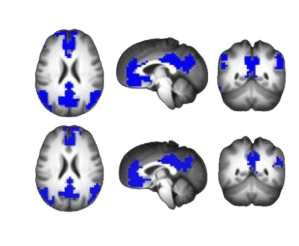
The Problems With Ego
We need our ego to understand and quantify our existence so that we can participate. The very fact that we exist in the first place makes no sense whatsoever — so the ego serves as a point of reference to allow us to put our existence into context.
However, there are some problems that can arise from ego if we’re not careful.
To maintain our understanding of self and existence, the ego must filter information that contradicts or conflicts with this understanding. This can lead to problems with cognitive bias and creates a dualistic perspective of the world (black/white, right/wrong, good/bad, etc).
Ego can also form a boundary that separates us from other people and the world around us. It can make us selfish, isolated, and close-minded. It prevents us from living in the moment and enjoying our existence for what it is. We ruminate about events to come and live in the memories of past events.
→ Watch An Example of The Ego In Action
The Ego Creates A Delusional View Of The World
Our ego is responsible for preserving the three aspects of our sense of self — self-worth, self-esteem, and self-identity.
As we focus on preserving what we believe to be true, we often become engaged in activities centered around catering to the desires of the ego.
We become obsessed with improving our title and the way others perceive us. We’re focused on increasing our self-worth by becoming richer or more popular.
We feel constant pressure to maintain what we perceive as our self-identity — such as being someone who acts or behaves a certain way, has access to certain things, or is received by others a certain way. We become focused on social status and material wealth.
We feel stressed, anxious, and depressed when we’re unable to maintain what we believe is an essential part of our identity.
The Ego & Our Personal Biases
Our ego tries to shelter our self-esteem from getting hurt by avoiding anything that challenges it.
This can make us biased in the way we think. Biases cause us to disregard anything that conflicts with our current set of opinions and beliefs and makes us take offense at ideas that don’t mesh with our current understanding of the world.
Biases interfere with our objective view of the world and can hinder our ability to empathize and make logical decisions.
Biases that arise from ego:
- The sunk cost fallacy — You irrationally cling to things that have already cost you something.
- The spotlight effect — You overestimate how much people notice how you look and act.
- Reactance — You’d rather do the opposite of what someone is trying to make you do.
- In-group bias — You unfairly favor those who belong to your group.
- Just-world hypothesis — Your preference for justice makes you presume it exists.
- Fundamental attribution error — You judge others on their character, but yourself on the situation.
- Declinism — You remember the past as better than it was and expect the future to be worse than it will likely be.
- Negativity bias — You allow negative things to disproportionately influence your thinking.
- Groupthink — You let the social dynamics of a group situation override the best outcomes.
- The backfire effect — When some aspect of your core beliefs is challenged, it can cause you to believe even more strongly.
- Self-serving bias — You believe your failures are due to external factors, yet you’re responsible for your successes.
- The curse of knowledge — Once you understand something, you presume it to be obvious to everyone.
- Belief bias — If a conclusion supports your existing beliefs, you’ll rationalize anything that supports it.
- Confirmation bias — You favor things that confirm your existing beliefs.
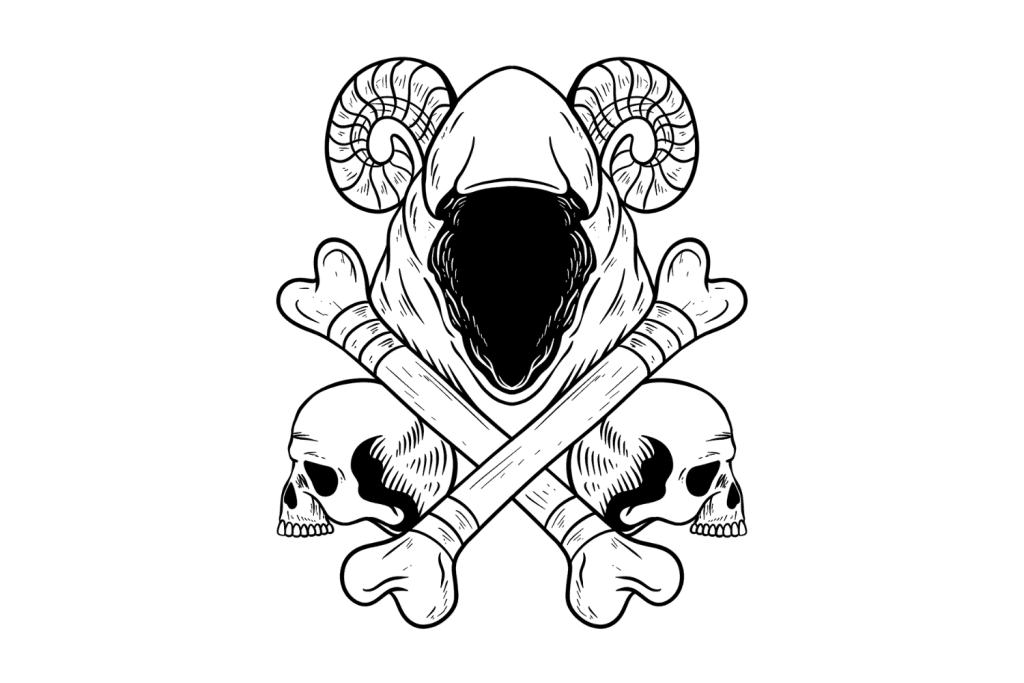
What is Ego-Death?
Ego death is the temporary removal of our attachment to self.
A better term for this is ego dissolution because the ego doesn’t actually die during the experience. Both terms are used interchangeably.
There are a few ways to experience ego death. Near-death experiences, deep meditation, and the use of psychedelics can all induce ego death.
During ego-death, we experience the removal of the biased view we have of the world. Our sense of self dissolves, and we lose our point of reference with the rest of existence. We feel empathetic and connected to other people or objects in our environment, and we see the world objectively for what it really is.
This allows us to see the delusional world our ego creates for us.
We see that the constant desire to shelter our self-esteem, inflate our self-worth, and cater to our self-identity serves only as a distraction from experiencing the present moment — which is where “true happiness” exists.
Having an ego-death experience shows us the falsities our ego creates for us. Without these delusions, we’re able to live in the present. We can learn to avoid biases that are interfering with our overall success and happiness — which is ironically the goal the ego is trying to achieve, to begin with.
Ego Death & Coming To Terms With Our Own Mortality
Despite the fact that everyone knows that one day, sooner or later, we’re all going to die — our ego attempts to hide this fact from us.
Ego death can show us that this isn’t something to worry about.
When we undergo an ego-death experience, our identity dissolves, and everything we hold dear in life disappears — yet something remains. Even during an ego-death experience, something continues to exist.
Ego death brings us to the realization that, while life is impermanent, consciousness is immortal.
This realization can be life-changing.
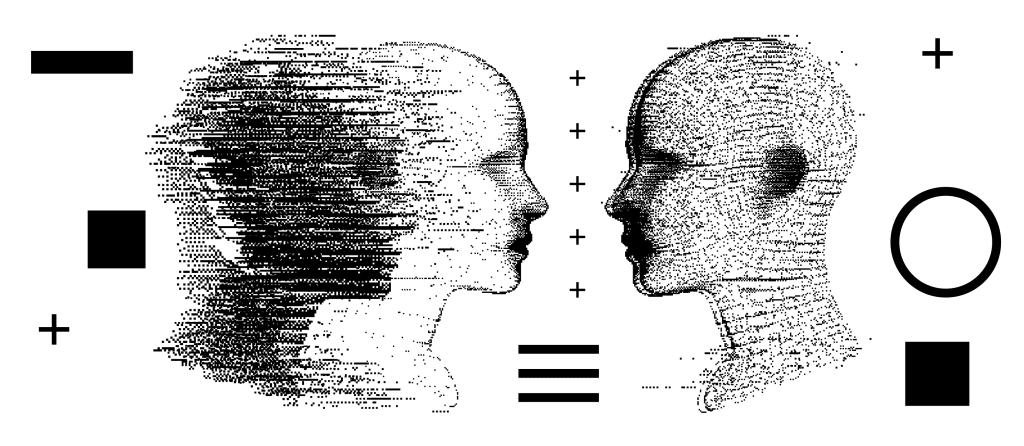
Why Should I Try To Understand My Ego?
Your ego is what makes you feel fear, sadness, anger, and loss.
If you can learn to identify what emotions are led by your ego and what’s not — you can eliminate these undesirable feelings.
Your emotions feel steady, you’re no longer anxious or depressed, and you feel as though everything you do becomes effortless. You stop wasting your energy catering to the delusions of the ego and enjoy whatever you’re doing in the present moment.
Many people who experience ego-death end up quitting jobs they don’t like and spend more time pursuing their passions.
Psychedelics Are A Tool For Ego Death
Psychedelics are a quick and reliable way to induce an ego-death experience [3].
A lot is going on here from a spiritual perspective, but let’s focus on the scientific explanation to help describe what’s happening below the surface.
Psychedelics like LSD, psilocybin, and DMT actively suppress the default mode network. Since we know the DMN is a core part of our ego, this is the best explanation for how psychedelic substances can induce ego death.
Psychedelic-induced ego death is not a comfortable experience. It’s terrifying to go through, and many even mistake the experience as a “bad trip.”
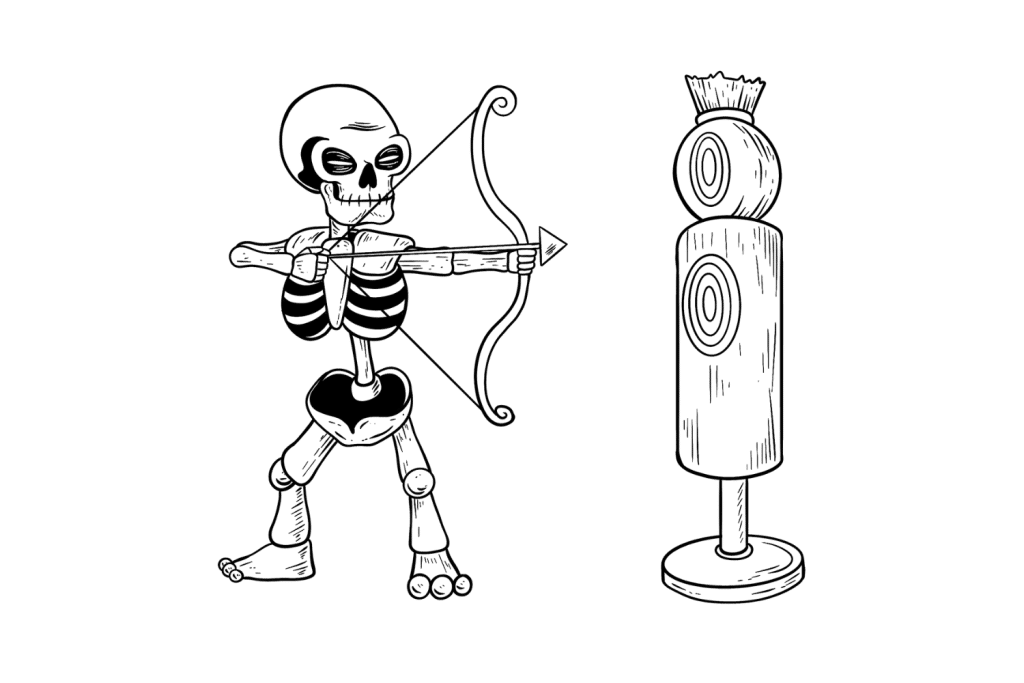
Ego-dissolution is especially terrifying if you’re not prepared to let go of the ego.
Trying to hold on to your sense of control only creates more panic and chaos, which many people consider to be the most uncomfortable or frightening experience of their life. It can make you feel like you’re going insane or experiencing a psychotic break. You may feel intense sadness or a sense of loss.
The best thing you can do if you’re experiencing ego death on psychedelics is to submit and allow it to happen. Stop resisting and allow the psychedelics to tear you into pieces. When this process is complete, we feel intimately connected with our existence. We feel as though we’re truly in the present moment, and time feels like it’s standing still.
While psychedelics are reliable for inducing ego death, it’s only temporary. As soon as the effects wear off, ego comes back, and we return to normal.
The experience shows you that it’s possible to separate from the ego and helps you become aware of the delusional world the ego creates for us.
Maintaining long-term ego-death takes many years to develop and requires a daily practice of mindfulness and meditation to get there. Most people never truly achieve it.
Ranking Psychedelics On Their Ability To Induce Ego Dissolution
- N,N, DMT & Ayahuasca
- 5-MeO-DMT & Toad Venom
- Ibogaine
- Magic Mushrooms
- LSD (lysergic acid diethylamide)
- Mescaline
- Salvia
- Ketamine
Explaining Ego & Ego Death Through Stories
The concept of ego and ego death is difficult to grasp if you’ve never experienced it. Here are some of the best short stories to help conceptualize this idea:
Egotism According To Buddhism
A successful politician was considered a national hero for his success as both a statesman and military leader. Despite his fame, power, and wealth, he considered himself a humble and devout Buddhist. Often he visited his favorite Zen master to study under him, and they seemed to get along very well.
The fact that he was such a prominent figure apparently had no effect on their relationship, which seemed to be simply one of a revered master and respectful student. One day, during his usual visit, the politician asked the master — “master, what is the ego according to Buddhism?”
The master’s face turned red. In a very condescending and insulting tone, he shot back — “What kind of stupid question is that!?” This unexpected response shocked the politician, who instantly became sullen and angry. The Zen master then smiled and said — “this, your excellency, is egotism.”
Gasping For Air
A hermit was meditating by a river when a young man interrupted him. “Master, I wish to become your student.”
“Why?” — replied the hermit. The young man thought for a moment. “Because I want to find the truth. I want to free myself from ego.”
The master jumped up, grabbed him by the scruff of his neck, dragged him into the river, and plunged his head underwater. He held him there for a minute. The man was kicking and screaming frantically, struggling to free himself.
Finally, the master pulled him up out of the river. The young man coughed up water and gasped to get his breath. When he eventually quieted down, the master spoke. “Tell me, what did you want most of all when you were underwater.” “To live!” answered the man. “There it is,” said the master — “now there’s no need for me to teach you.”
Nothing Tastes Sweeter Than Ego-Death
A man traveling across a field encountered a tiger. He ran, but the tiger chased after him. Coming to a cliff face, he grabbed onto a nearby root and swung himself over the edge.
The tiger sniffed and growled at the man from above. Trembling, he looked down. The valley floor was hundreds of feet below. Here, the man dangled far above the valley floor with only the vine to support him. A mouse appeared on the vine and began to gnaw at it.
The man noticed a strawberry was growing nearby. Holding the vine with one hand, he plucked the strawberry and took a bite. As he stared into the face of death, he realized this was the sweetest strawberry he ever tasted.
Keep Exploring This Concept
- Joe Rogan on Ego Death
- The Illusion of Money, Time, & Ego — Alan Watts & After Skool
- An Antidote To Dissatisfaction — Kursgesagt
- What is Ego-Death? — Jordan Peterson
- The Self Is An Illusion — Sam Harris on Big Think

Your Ego Is Not The Enemy
After reading this article, it may seem like the ego is something you should focus on getting rid of. It’s become the villain of the self-help world.
While it’s true that ego can hold us back in many ways and is responsible for many of our biases and delusional way of thinking — it’s also extremely useful for us as humans.
We need the ego to mediate between the conscious and unconscious. Without it, we quickly fall into mental illness and psychosis. We lose touch with reality.
Ego dissolution and death are useful for showing us what ego is and how much control it has over our lives. But these experiences are only temporary. It always comes back once the substance has worn off or the experience causing the dissolution is over.
We shouldn’t villainize the ego, and we shouldn’t always try to suppress it. Instead, we should learn to work with it to keep us rooted in reality — but without falling for the delusional understanding of the world it tries to create for us.
References
- Li, W., Mai, X., & Liu, C. (2014). The default mode network and social understanding of others: what do brain connectivity studies tell us. Frontiers in human neuroscience, 8, 74.
- Nour, M. M., Evans, L., Nutt, D., & Carhart-Harris, R. L. (2016). Ego-dissolution and psychedelics: validation of the ego-dissolution inventory (EDI). Frontiers in human neuroscience, 10, 269.
- Dittrich, A. (1998). The standardized psychometric assessment of altered states of consciousness (ASCs) in humans. Pharmacopsychiatry, 31(S 2), 80-84.


